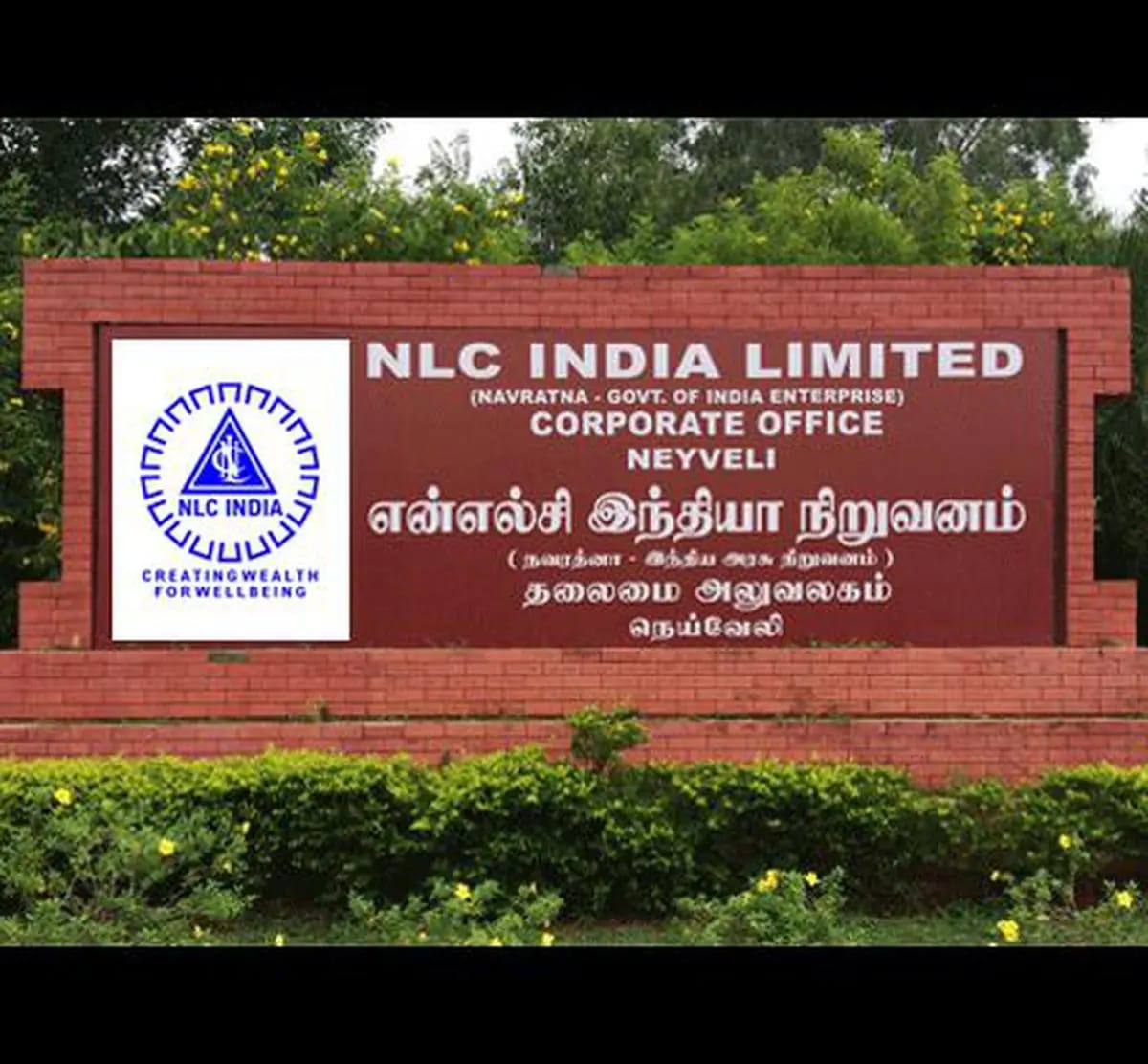In a strategic move to streamline its green energy operations, NLC India Ltd has announced the transfer of renewable energy assets worth ₹52.28 billion to its wholly owned subsidiary, NLC India Renewables Ltd. The decision marks a pivotal step in the company’s long-term vision to consolidate and scale its clean energy portfolio, aligning with India’s broader push toward sustainable infrastructure and carbon neutrality.
This development, reported by Reuters on August 7, 2025, reflects NLC’s evolving role from a lignite-based power producer to a diversified energy player with growing renewable ambitions.
Strategic Realignment: Why This Matters
The asset transfer is not merely an internal reshuffle—it signals a deeper strategic realignment. By housing all renewable assets under a dedicated subsidiary, NLC India aims to:
-
Enhance operational efficiency and asset management
-
Unlock better financing opportunities for green projects
-
Improve transparency and investor confidence in its renewable business
-
Position itself for future partnerships, IPOs, or strategic divestments
This move is expected to streamline governance and accelerate project execution, especially as India’s renewable energy targets become more ambitious.
Key Highlights of the Transfer
-
Total value of assets transferred: ₹52.28 billion
-
Assets include solar and wind energy projects across multiple states
-
The transfer is part of NLC’s broader restructuring plan approved by its board
-
NLC India Renewables Ltd will now serve as the central vehicle for all future renewable investments
What’s Included in the Asset Basket
The ₹52.28 billion portfolio comprises a mix of operational and under-development renewable energy projects:
-
Solar power plants with a cumulative capacity exceeding 1 GW
-
Wind farms located in Tamil Nadu and Gujarat
-
Land banks earmarked for future renewable expansion
-
Associated transmission infrastructure and grid connectivity assets
These assets were previously managed under NLC India’s main corporate umbrella, but will now be fully owned and operated by the renewables subsidiary.
Implications for Stakeholders
For investors, analysts, and regulators, the move offers several implications:
-
Financial clarity: Segregating renewables from thermal operations allows for clearer valuation and performance tracking
-
Capital access: The subsidiary may now raise green bonds or tap into ESG-focused funds independently
-
Policy alignment: The restructuring aligns with government incentives for renewable-focused entities
-
Market signaling: It reinforces NLC’s commitment to decarbonization and energy transition
Industry Context: A Broader Trend
NLC India’s move mirrors a growing trend among Indian PSUs and private players:
-
NTPC has already carved out its renewable business into NTPC Green Energy Ltd
-
Adani Green and Tata Power Renewable Energy have adopted similar structural models
-
The Ministry of Power and MNRE have encouraged asset segregation to improve sectoral efficiency
This structural clarity is increasingly seen as a prerequisite for attracting global capital and meeting India’s 500 GW renewable target by 2030.
What’s Next for NLC India Renewables Ltd?
With the asset transfer complete, the subsidiary is expected to:
-
Pursue aggressive capacity expansion, especially in solar parks and hybrid projects
-
Explore strategic partnerships with international clean energy firms
-
Bid independently in SECI and state-level renewable auctions
-
Potentially consider listing or partial stake sale to unlock value
The company’s roadmap includes scaling up to 6 GW of renewable capacity by FY30, with a focus on storage-integrated and grid-stabilizing solutions.
Final Word
This ₹52.28 billion asset transfer is more than a balance sheet adjustment—it’s a bold declaration of intent. NLC India is not just adapting to the energy transition; it’s actively shaping it. As the renewables subsidiary takes center stage, stakeholders can expect sharper focus, faster execution, and a greener trajectory for one of India’s oldest energy giants.
Source: Reuters





